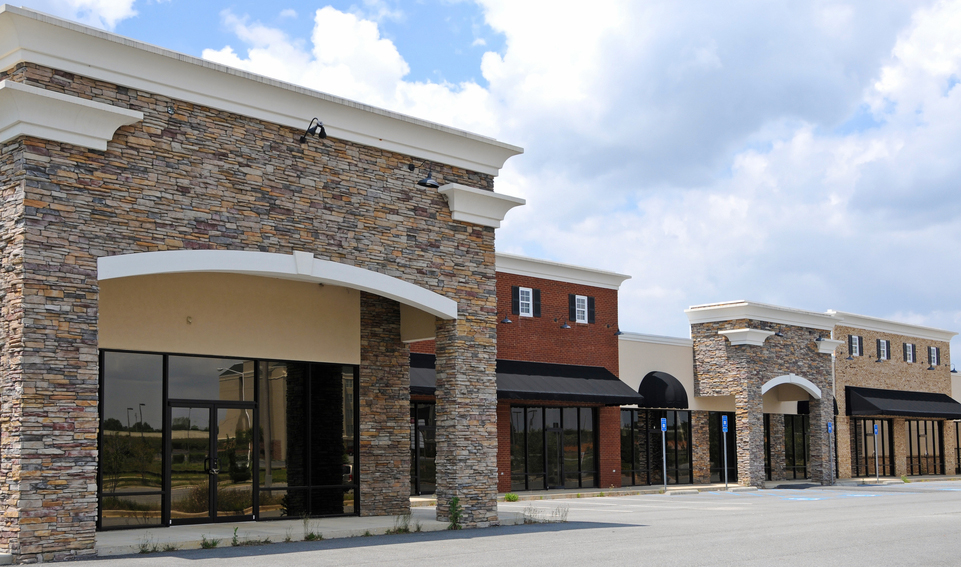Addressing the many unique exposures that owners and managers of real estate portfolios face requires significant market knowledge and structuring capability, and presents an opportunity for agents and brokers.
The process for assessing the risk profile of these asset-driven accounts includes actuarial-based modeling for natural catastrophe perils, fully understanding client risk mitigation techniques and reviewing actual loss exposures for every property in the portfolio. A detailed analysis enables clients to have the information they need to make informed decisions regarding retention levels, risk transfer solutions, and allocation strategy. Additionally, providing accurate and detailed physical characteristics of individual properties is crucial to obtaining the most favorable insurance rates and coverage in the marketplace.
Related: How to mange four risk exposures for commercial entities
Up to 80% of the amount chief financial officers (CFOs) pay for property premium on properties exposed to natural catastrophe is based on the model output. That means the quality of information you provide is critical and you must ensure that the information that goes into the model is accurate and as detailed as possible.
This may sound like a basic risk management strategy—and it is for large and global firms. However, most middle market real estate companies neither have the buying power nor the access to direct modeling capabilities that the larger firms have. Often, coverage enhancements are not identified or included in a carrier’s standard coverage offering. All these factors can, subsequently, have a huge impact on the real estate company’s bottom line.
The following is a toolkit of four best-in-class solutions and techniques to help middle market property owners and managers obtain the most beneficial rates and coverage in the marketplace. It includes a partial list of coverage enhancements that really matter in the real estate segment.

(Photo: Shutterstock/Gustavo Frazao)
1. Full replacement cost coverage
The financial impact of an insurer using restrictive valuation policy language to calculate loss payments can be significant. Blanket or full replacement cost coverage is one way to eliminate disputes around the actual valuation of a damaged property.
In addition to offering blanket coverage, the process should include reviewing policies with an eye toward removing such restrictive policy language as the occurrence limit of liability and margin clause. For example, a $10 million building insured with the commonly used 10% margin clause would limit total recovery to $11 million. In the event the building is completely damaged, and the cost to replace and repair is $12 million, the insured could sustain a $1 million out-of-pocket loss.

(Photo: Shutterstock/Aaron Kohr)
2. Coverage for law and ordinance exposure
Many commercial property policies include an ordinance or law limitation that impacts coverage for loss or damage resulting from enforcement of any building code changes regulating the reconstruction. For instance, a local authority determining the use or repair of property might require the total demolition of a partially damaged building.
Middle-market real estate firms should look for coverage that addresses the potential law and ordinance exposure, including the full value of the undamaged portion of the building. This is in contrast to the common insurance carrier sublimit of $250,000 to address this issue.
In a recent case, a commercial property owner, following a fire, was required by local ordinance to upgrade building systems, including the installation of fire protection at a cost of $1 million above the normal repair of the fire damage. The owner’s previous property coverage included $250,000 to address this change in building law and ordinance. In contrast, the owner’s new coverage fully addressed this $750,000 potential coverage gap.

(Photo: Shutterstock/Mark Winfrey)
3. Expanded rental income loss coverage
Losing rental income due to property damage can have a severe financial strain on a property owner. In addition, owners are exposed to the loss of rental income after the building damage is repaired. Often, it takes several months to re-lease and reach pre-loss occupancy levels.
Related: Playing it safe: A 10-point risk managment checklist for residential rental properties
Although rental income protection is common in the marketplace, many policies provide no more than one month of post-repair rent recovery. By working with their agents or brokers, middle market real estate companies can have access to expanded rental income coverage of up to one year to achieve pre-loss rental income levels.
For example, a real estate company’s policy provided only 30 days of coverage to reach pre-loss occupancy levels. However, it was discovered that would take six months to re-lease the apartments if they were damaged and rebuilt. This gap in coverage would result in a rental income loss of $550,000. Careful analysis and the expansion of coverage ensured that this gap would be fully covered.

(Photo: Shutterstock/Zastolskiy Victor)
4. Flood zone coverage and modeling
This year’s widespread flooding across several Southern states, including Texas, has highlighted the need for property owners to be aware of their exposures to the peril of flood.
The Texas flooding also reinforces the need for real estate companies and their brokers to stay on top of changes to flood maps. Misinformation regarding flood zone locations could leave a property owner without coverage.
Related: 5 things you should know about flood insurance
This situation nearly happened to a real estate company in Central Texas that suffered damage to several buildings. The company assumed the properties were outside of the high hazard flood zones. They were not aware that the Federal Emergency Management Agency had adjusted flood maps during the policy year. Even worse, the company’s previous property coverage included only $1 million of high hazard flood zone coverage.
A review of the updated flood zone data warranted higher limits for these locations, resulting in coverage that addressed a $2.5 million potential coverage gap.
It’s important to note that these coverage enhancements may not be appropriate for every insured. Each property owner or manager's needs and level of risk is different. Having a policy that is tailored to your specific needs and an experienced risk management partner is of critical importance. Review coverage for each property as well as the company’s entire portfolio with your agent and broker to ensure that your company has the coverage it needs.
Editor's note: Brian Dove is USI’s national real estate practice leader and is based in USI’s Houston office. You can contact Brian at [email protected] or 713-490-4597.
Want to continue reading?
Become a Free PropertyCasualty360 Digital Reader
Your access to unlimited PropertyCasualty360 content isn’t changing.
Once you are an ALM digital member, you’ll receive:
- Breaking insurance news and analysis, on-site and via our newsletters and custom alerts
- Weekly Insurance Speak podcast featuring exclusive interviews with industry leaders
- Educational webcasts, white papers, and ebooks from industry thought leaders
- Critical converage of the employee benefits and financial advisory markets on our other ALM sites, BenefitsPRO and ThinkAdvisor
Already have an account? Sign In Now
© 2025 ALM Global, LLC, All Rights Reserved. Request academic re-use from www.copyright.com. All other uses, submit a request to [email protected]. For more information visit Asset & Logo Licensing.








